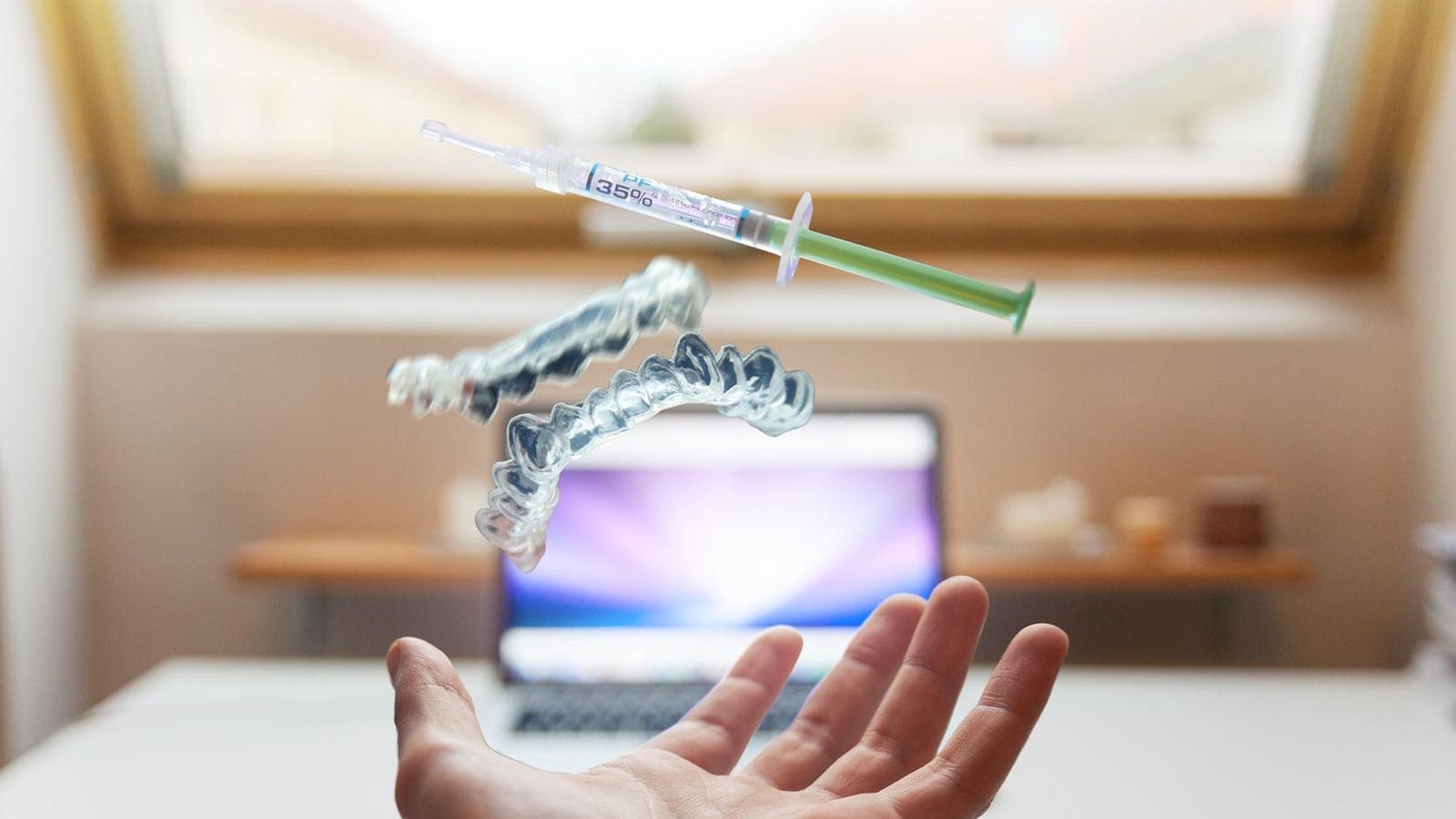The era of artificial intelligence gives us an opportunity to rethink how we treat diseases and disabilities. In addition to assisting in medical diagnosis, the combination of AI and big data, combined with biological delivery systems such as gene therapy delivery systems, can significantly change the way we treat many diseases that are considered incurable by modern science, such as cancer, autism, some mental disorders, and rare genetic diseases. Specifically, the combination of AI, big data, robotics, gene therapy, and medical research has unlocked many possibilities for treating these types of diseases. At the same time, integrated innovation efforts are helping people with disabilities live better lives.
As we welcome the new year, we’d like to provide an overview of some of these advancements.
Cancer Treatment
For many years, cancer treatment has been at the forefront of medical research. Many attempts have been made to address different types of diseases. However, with the promise of AI and gene editing tools such as CRISPR/Cas9, researchers finally have a way to convert cancer cells into non-cancerous cells by deleting genes and redesigning the cells. The application of this procedure is particularly effective in certain types of blood cancers where cancer cell proliferation can spread rapidly. A recent study sponsored by the University of Pennsylvania, the Parker Institute for Cancer Immunotherapy, and Tmunity Therapeutics tested this new procedure on patients in a clinical trial with promising results. Although the results are still in and the road ahead is complicated, this cancer treatment could eventually lead to a cure.
Autism Treatment
Autism is a type of developmental spectrum disorder that affects an increasing number of children around the world. It is a debilitating disorder that prevents children on the autism spectrum from developing normally. Currently, there is no cure. With the potential of AI, companies are trying to help people with autism live better lives and integrate into the world. Robots such as QTrobot and Milo teach children social skills and identify emotions. Other robots such as InMoov teach children sign language, Zeno teaches children how to communicate, and KASPAR responds to machine love. Stanford University’s Autism Glass Project aims to help children on the autism spectrum live better by providing feedback in social situations, such as greeting, expressing needs, and resolving conflicts, and helping them adapt to everyday life situations.
Because autism is considered a developmental disorder, not a disease, research has not focused on a cure. When Elon Musk released his Neuralink research and white paper this year, suddenly, a debate arose about whether autism could be “cured.” In an interview with Lex Friedman on the “Artificial Intelligence” podcast, Musk revealed that Neuralink could potentially treat many brain-related diseases, including autism.
“Neuralink will initially solve a lot of brain-related diseases,” Musk said. “It could potentially address anything from autism to schizophrenia to memory loss. As we get older, we all experience memory loss — parents not being able to remember their kids’ names.”
Neuralink’s goal is to develop an AI-enabled chip that will be implanted in the brain to collect information, monitor the brain, and possibly provide stimulation to optimize brain activity. It’s not clear that treating autism as a brain disease rather than a developmental disorder is the right approach, nor is it clear that the Neuralink project can move in this direction without causing side effects. Still, the idea that brain activity could be enhanced by AI unlocks new ways of thinking to find other ways to help children with ASD and numerous other neurological disorders.
Treatment and diagnosis of mental illness
In recent years, with the help of AI, most of the advances in mental health treatment have been around treatment (medication, counseling, etc.) and diagnosis. AI-enabled therapy apps and robots like BetterHelp, ReGain, Woebot, and Wysa are helping patients manage their mental health issues at any time of the day or night, even when therapists are not available.
This will hopefully remove the stigma around mental health issues and make treatment more accessible to the general public.
In the field of diagnosis, AI-enabled treatment systems using big data such as Leso Digital Health provide therapists with a multitude of evidence and predict the likelihood of a diagnosis, so that the final diagnosis is more evidence-based. AI systems that deliver cognitive behavioral therapy through written communication can use the information to measure and improve treatment plans. Therapists can also use the data to quantify treatment plans without losing the qualitative aspect of the treatment.
Improving the lives of people with disabilities
Recent advances in the field of prosthetics allow people with disabilities to see the possibilities of improving their lives in the age of artificial intelligence. Bionic eyes, such as the FDA-approved Argus II system, enable people with poor eyesight to see shapes. This allows people with poor eyesight to perform everyday activities such as reading large print books or crossing the road. Ossur, a global leader in prosthetics, offers an AI-enabled knee device to help amputees walk naturally with bionic limbs. Starkey, the AI medical device company that developed Livio AI, has developed a hearing aid that not only silences all external noise from the environment to improve the hearing experience, but also tracks health-related data to enable patients to call for help in an emergency.
Conclusion
As we move forward in the age of artificial intelligence, more synergies will emerge between artificial intelligence, big data, robotics, and technological innovations in medical research. Research will provide evidence of new possible applications in treatment, diagnosis, and healthcare management. In time, this research will be a key part of developing better treatment plans for people living with chronic disorders and illnesses.

